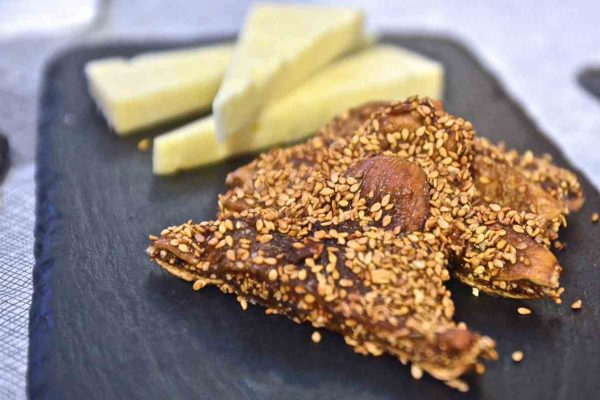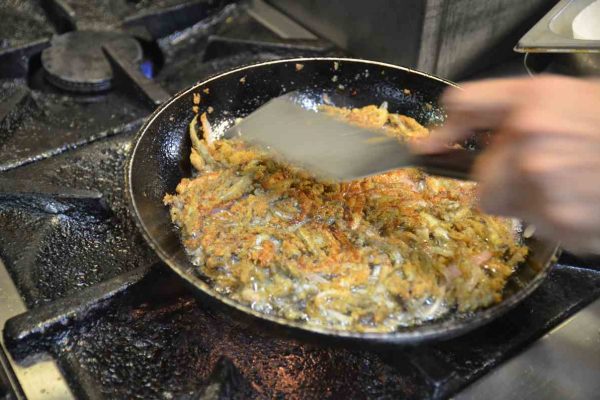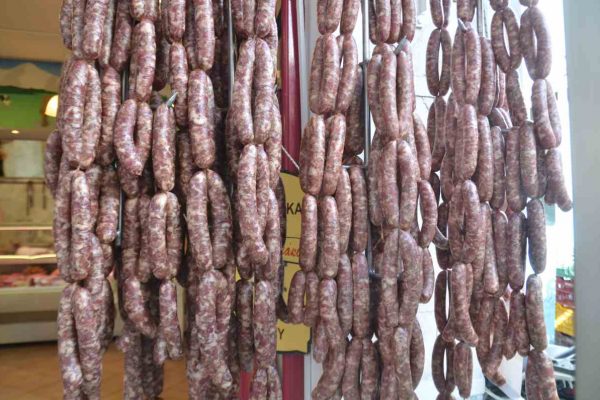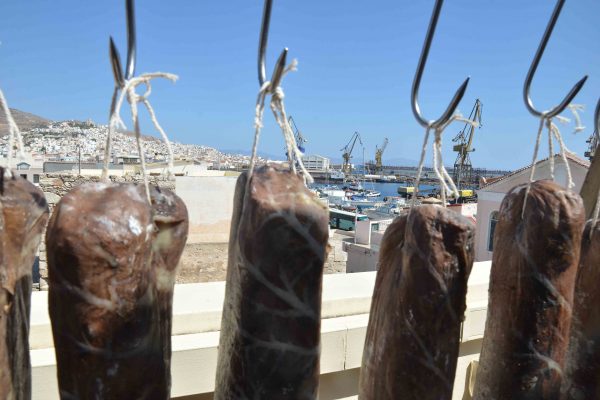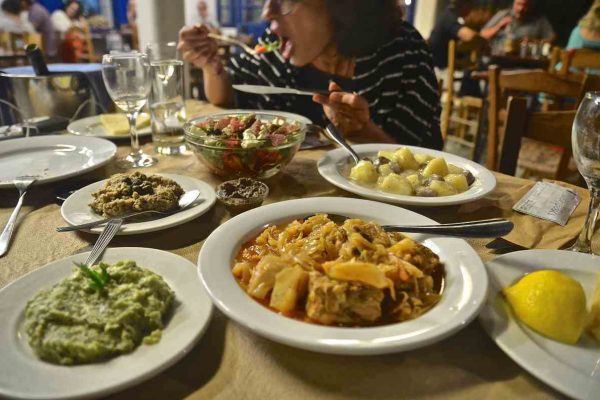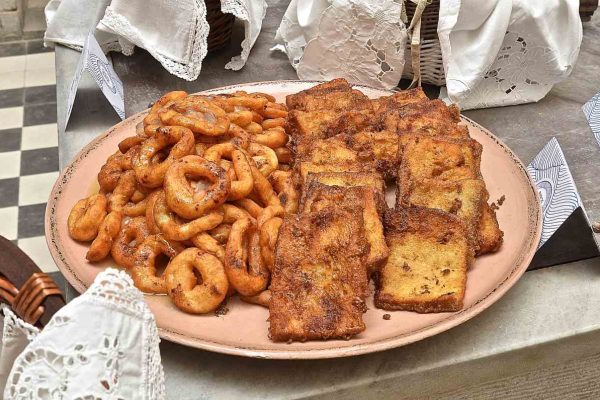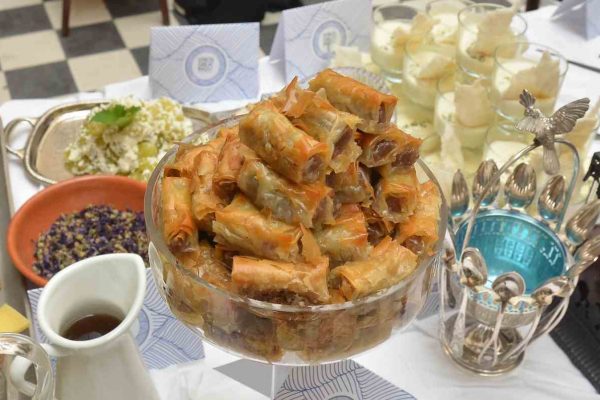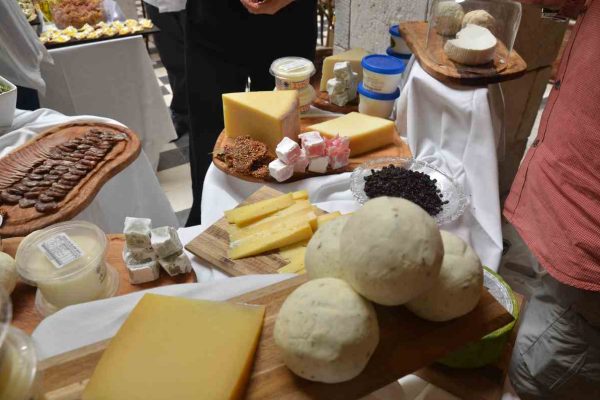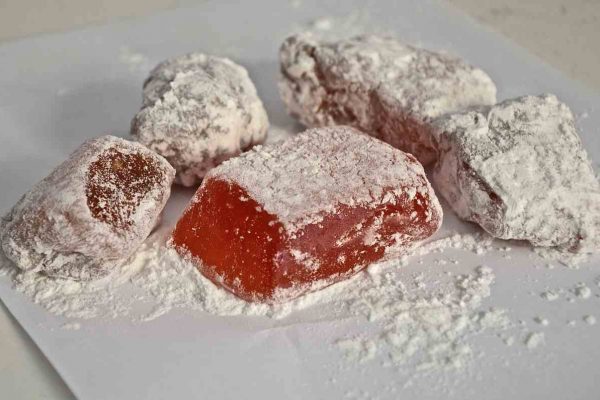I can not imagine another island in the Aegean - especially on such a small scale - that has such mixing flavors, such gastronomic alisverisi of West and East, such glaring contrast between the high cuisine of the bourgeois cosmopolitan class, the humble food of the peasants and the snack of the Syrian proletariat.
Let's explore it a bit:
Its civil society Syros, consisting of Chian and Smyrna merchants - shipowners who were forced to leave their homelands, knew how to live and be open to the innovations of the West. Especially when at that time gastronomy was a sign of social rise and value of prestige. It is no coincidence that the first book published in Greece on the subject of modern Greek cuisine was printed in Ermoupolis in 1828 with the title: Culinary translated from Italian. In Syria 1828.
This cuisine contained a hundred recipes, which refer not only to Venetian or Genoese cuisine, but also to the ways of cooking in Germany, England, France, Spain and the Netherlands. With recipes like "Composition of eggs (sponge) baked in the oven", "Xylokotai (bekatsai) seasoned according to the French", "Artichokes cooked according to the Genoese", "Lamb brains fried according to the Venetians", "Hare is cooked" with its ability to procure goods circulating in international markets, h urban class of Ermoupolis is differentiated from the eating habits of the other inhabitants of the island and confirms its gastronomic social superiority.
On the other hand their food farmers was the well-known "food of poverty" of the Cyclades. Simple food, food that utilized the seasonal products of the place. Wild greens and herbs, oil, vegetables, legumes and rarely meat.
On the other hand many πρόσφυγες They were from lower social strata, and they did not want - and could not - to leave the homes of oriental flavors, cumin, peppers and recipes of their homeland.
Local folk housewives They work as cooks in the villas and mansions of urban families, depositing some of their own notes of local cuisine and borrowing others from European cuisine.
At the same time one is developing proletariat, who works in factories and some other social strata that move on the margins of life. It is the world that Markos Vamvakaris, a Syrian, remembers and describes.
In cafes, in the boxes (60, please, the number) the proletariat and the underworld often eat standing up in the pancakes, with an obol in a paper cone, french fries, pomegranate, meatballs and whatever else was fried. Probably the first street food of the Cyclades.
All these contradictions have determined to some extent the modern Syrian Cuisine utilizing local materials and recent traditions.
From local products stand out, wild greens, greens, capers and prickly pears. Among the cheese products of Syros, the PDO San Michalis stands out - the Greek parmesan - followed by the cheese, the sour cheese, the gruyere, the mizithra and the kopanisti PDO of Cyclades. With the carcasses, until a few years ago, the inhabitants of Syros, used all the pig - "only his voice was lost" they said characteristically - making the thick, the lard, the clay, the sysira but mainly the sausages with fennel and the louza of Syros.
All of this - and of course plenty of scholarly fish - we will find in Central Market of Ermoupolis.
From the standard food of Syros which we sometimes meet in taverns of the island we distinguish:
The caper salads and parsley salads, the sausages or the pork cooked with cabbage and fennel, the fluffy meat, the soutzoukaki with cumin and oregano, the honeyed aubergines with sweet tomato sauce, the dumplings, the sun-dried tomatoes seafood and fish with dried capers, atherin pie, octopus meatballs.
End of sweet in the cuisine of Syros we distinguish the famous and well-traveled Syrian delicacies, The halva pies and the delicious ones pasteliers.



